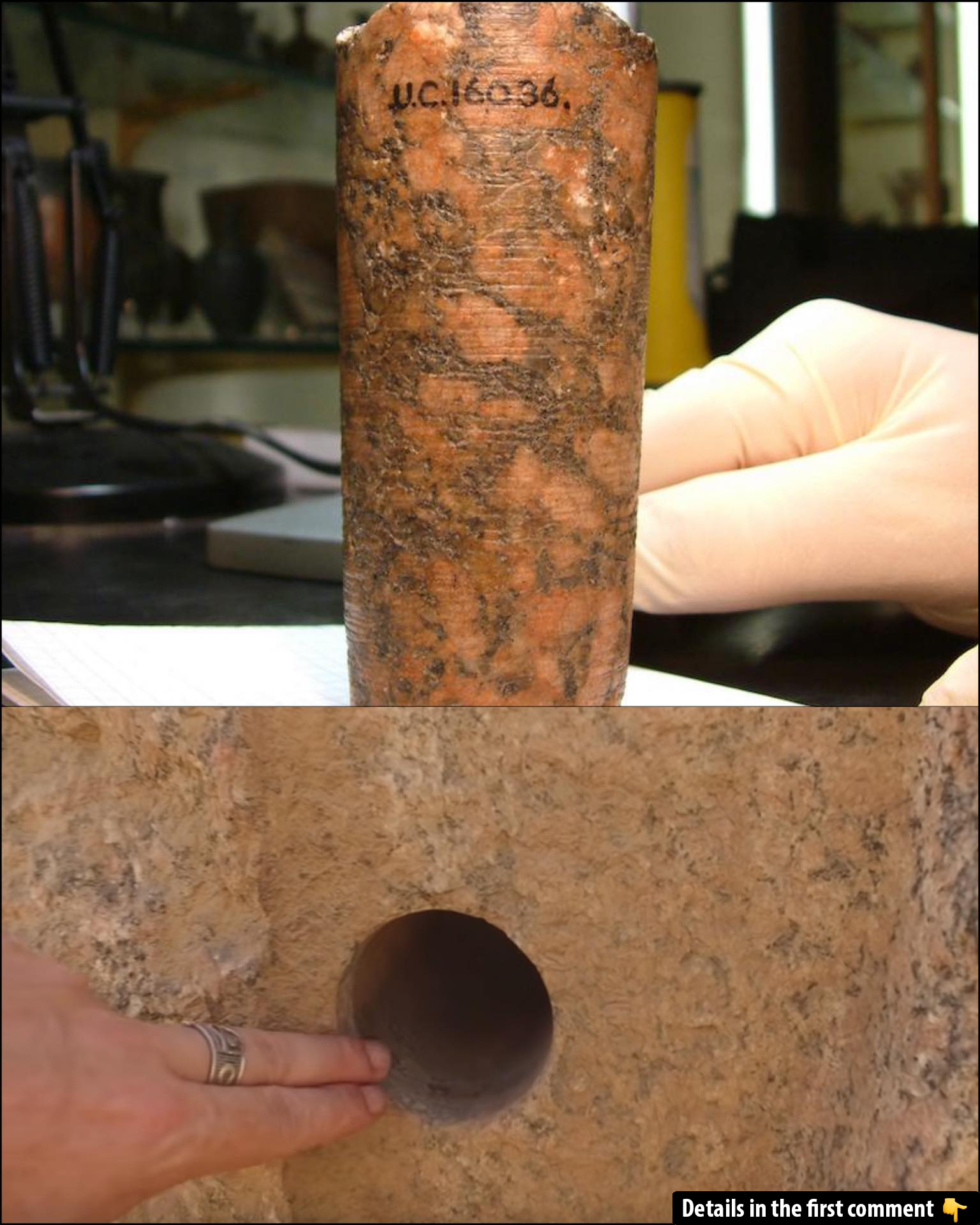In the shadow of ancient Egypt’s grandeur, a lesser-known mystery lies hidden in the depths of the Petrie Museum. Core 7, a small yet significant artifact, raises profound questions about the technological capabilities of a civilization long celebrated for its monuments but little understood for its tools. With its spiral grooves etched into granite, this core defies conventional thinking, suggesting that the Egyptians may have possessed far more advanced machinery than we ever imagined. What secrets does Core 7 hold, and what does it reveal about the lost technologies of ancient Egypt?
Introduction to Ancient Egyptian Technology and Machining
Egyptology has long been associated with monumental achievements—impressive pyramids, intricate tombs, and awe-inspiring temples. But beneath the surface of these grand structures lies an often-overlooked aspect of Egyptian craftsmanship: their extraordinary ability to manipulate and machine hard stones. From granite to diorite, the Egyptians were able to craft incredibly precise and detailed artifacts, suggesting a level of technological sophistication that was, for a long time, largely underestimated.
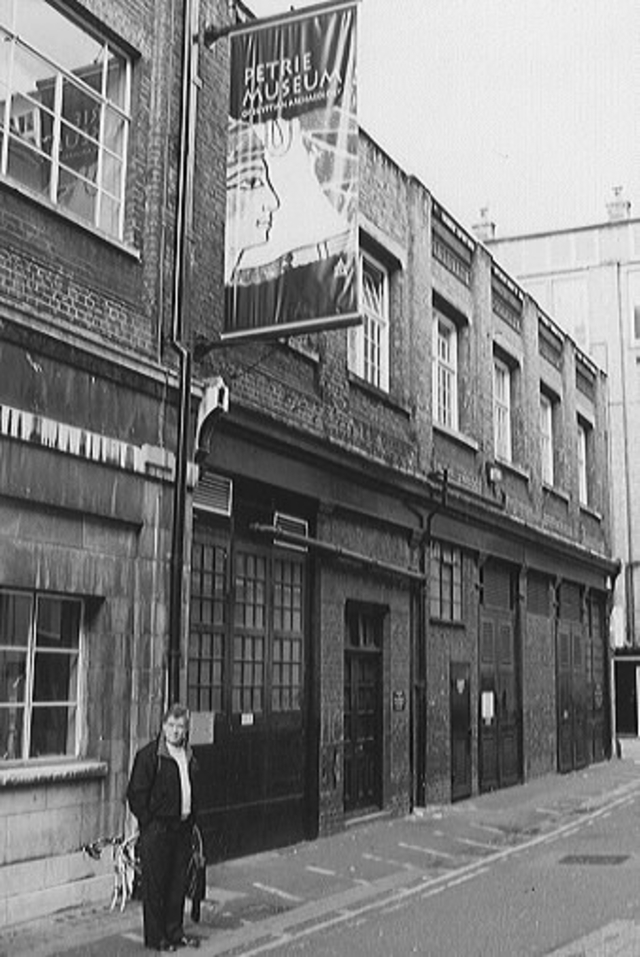
While much of ancient Egyptian history has been recorded through written inscriptions, pottery, and monumental structures, much less is known about the methods they used to shape and cut stone. This gap in understanding became particularly apparent when William F. Petrie, one of the foremost Egyptologists of the late 19th and early 20th centuries, uncovered the first significant evidence of advanced machining techniques in ancient Egypt. His findings, particularly in the Petrie Museum, would go on to challenge conventional beliefs and spark debates that continue to this day.
Video
Watch the video on advanced ancient Egyptian technology uncovered – it’s a fascinating look into the secrets of Ancient Egypt!
William F. Petrie: The Father of British Egyptology
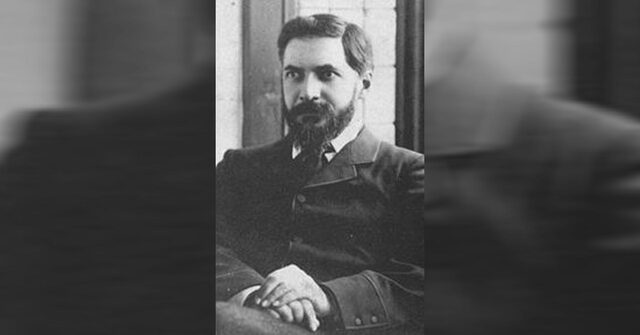
Sir William F. Petrie, born in 1853, is often referred to as the father of British Egyptology. Throughout his career, Petrie revolutionized the field of Egyptology, introducing more rigorous and systematic archaeological techniques. Over the course of his lifetime, he authored 102 books and published hundreds of articles that contributed significantly to the study of ancient Egypt. His work has laid the foundation for much of the modern understanding of Egypt’s history and culture.
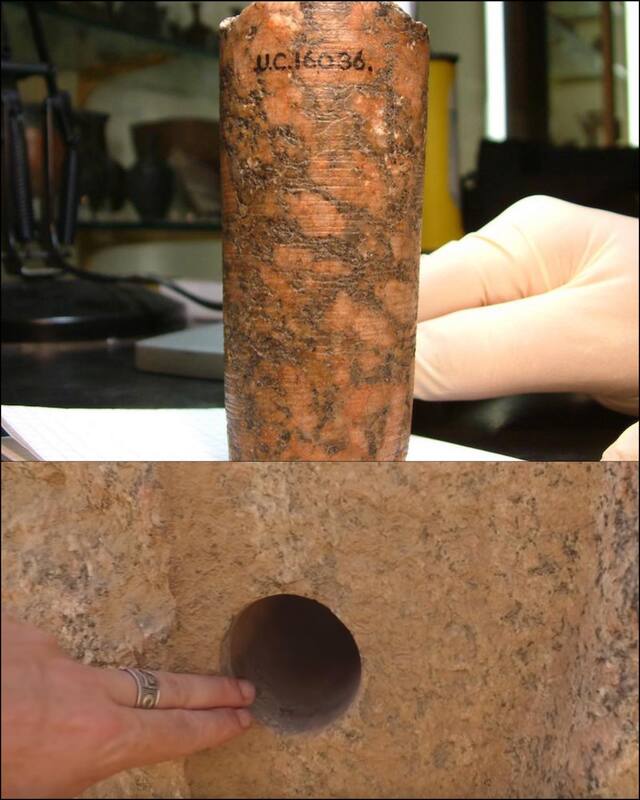
Petrie’s legacy, however, is not without controversy. His methods were groundbreaking, but some of his interpretations were challenged, and even his most famous discoveries—such as the Core 7—continue to provoke debate. Despite these controversies, Petrie’s influence on Egyptology remains profound, and his findings in the field of ancient technology have pushed the boundaries of our understanding of what ancient Egyptians were capable of.
The Core 7 Artifact: A Groundbreaking Discovery
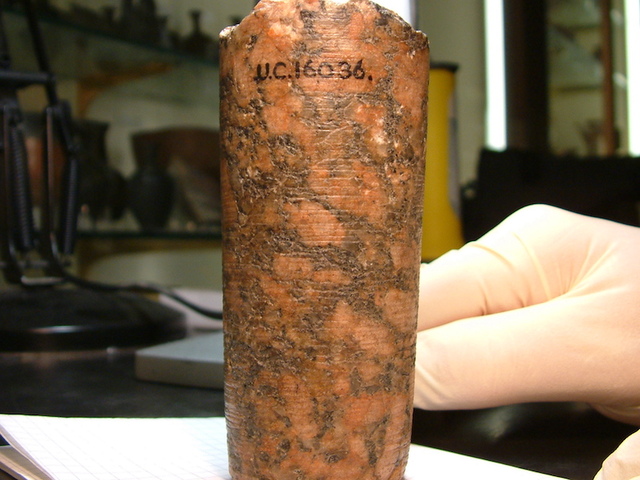
One of the most remarkable discoveries made by Petrie is Core 7, a granite artifact housed in the Petrie Museum. This core, which dates back to the Old Kingdom, features spiral grooves that seem far too precise to have been made using the rudimentary tools traditionally attributed to the ancient Egyptians. Petrie was one of the first to examine and document these grooves, noting their remarkable symmetry and consistency. The spiral grooves appear to wind around the core, creating a pattern that seems indicative of advanced machining techniques.
Petrie’s description of the core includes measurements of the grooves and a detailed analysis of the tool marks left on the surface. The grooves are not only regular in shape but also consistent in depth, suggesting that they were created using a sophisticated tool capable of making precise, controlled cuts. This discovery raised several important questions: How did the Egyptians achieve such precision? Did they possess tools that were far more advanced than previously believed?
Advanced Machining in Ancient Egypt: The Lathe and Drilling Technology
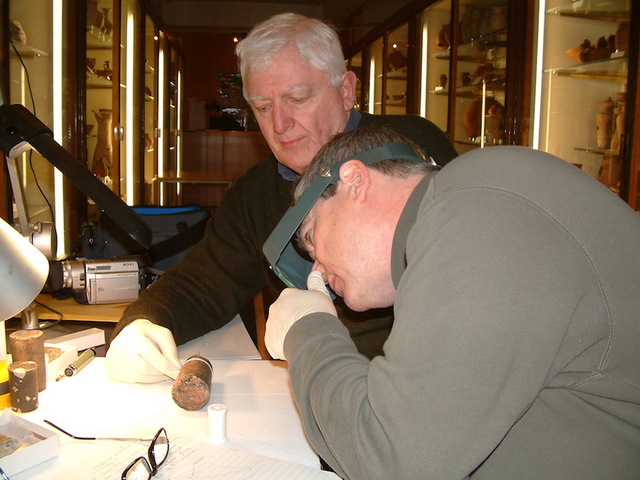
Petrie’s examination of Core 7, along with other artifacts from ancient Egypt, suggested that the Egyptians were using lathes and drilling tools to achieve such precision. The lathe, a tool used to rotate an object while a cutting tool is applied, is a staple of modern manufacturing. But Petrie’s findings pointed to the possibility that the Egyptians were using a form of the lathe long before it was commonly used in modern times.
The evidence of advanced drilling techniques, such as those used to create perfectly round holes in hard stones, further supports this theory. Some of the artifacts Petrie discovered show clear signs of being drilled with a rotating tool, likely a rudimentary lathe or drill, and the precision of the work suggests a high degree of technical knowledge and skill.
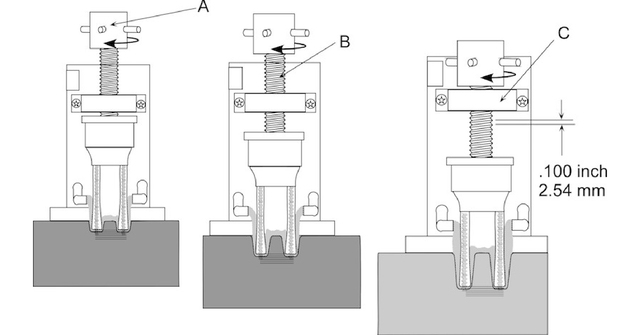
The Spiral Grooves and Evidence of Ultrasonic Machining
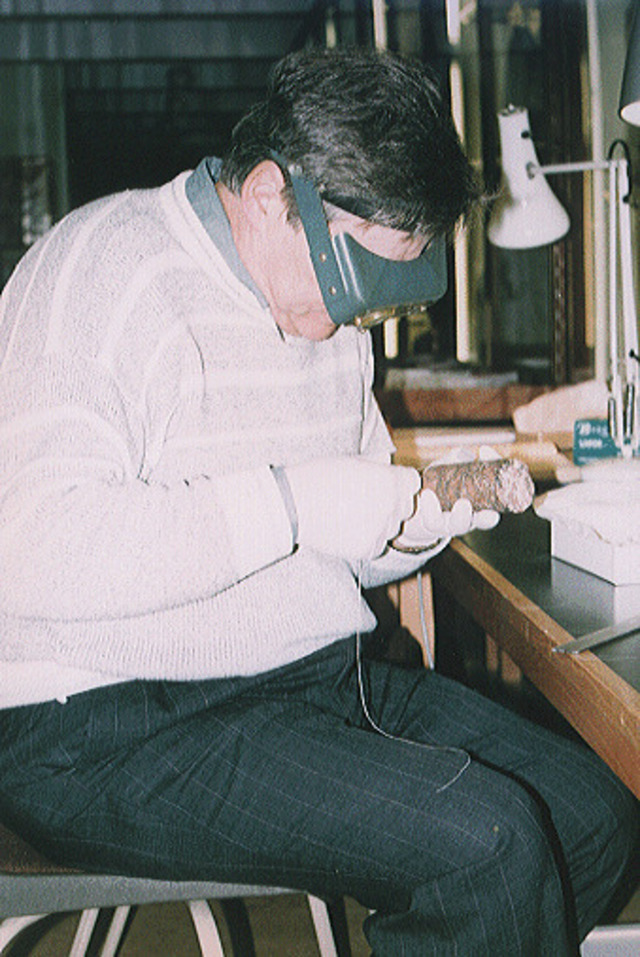
The spiral grooves on Core 7 have sparked considerable debate among Egyptologists and engineers. Some have suggested that these grooves could have been made using an ultrasonic machining technique, which involves high-frequency vibrations to assist in cutting through hard materials. Ultrasonic machining is a relatively modern technology, but the precision and depth of the grooves on Core 7 suggest that the ancient Egyptians may have been using a similar process, potentially with a different tool or mechanism.
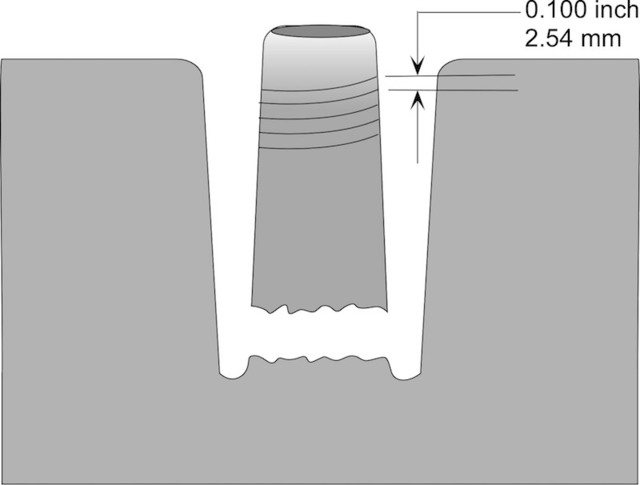
While the idea of ultrasonic machining in ancient Egypt is controversial, it raises interesting possibilities. Could the Egyptians have harnessed sonic vibrations to achieve such precision in their stonework? Or were the grooves created using a more conventional method, such as a rotating tool with abrasive materials? These questions remain unanswered, but the discovery of Core 7 challenges our assumptions about the capabilities of ancient Egyptian technology.
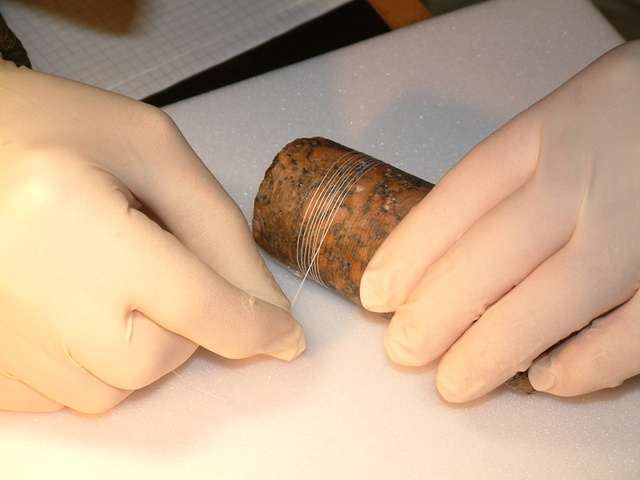
The Debate: Horizontal vs. Spiral Grooves
One of the most contentious aspects of Core 7’s analysis is the debate over whether the grooves are truly spiral or simply horizontal striations. Some researchers, such as Christopher Dunn, have argued that the grooves are spiral in nature, based on their symmetry and consistency. Others, however, have suggested that the grooves are simply a result of horizontal scraping or rubbing with abrasive materials.
This debate hinges on the interpretation of the evidence. Those who support the spiral groove theory point to the consistent and regular nature of the grooves, as well as the fact that they extend continuously around the core. On the other hand, those who argue for horizontal striations suggest that the grooves may have been made by a tool that was moved back and forth along the surface, rather than rotating to create a spiral pattern.
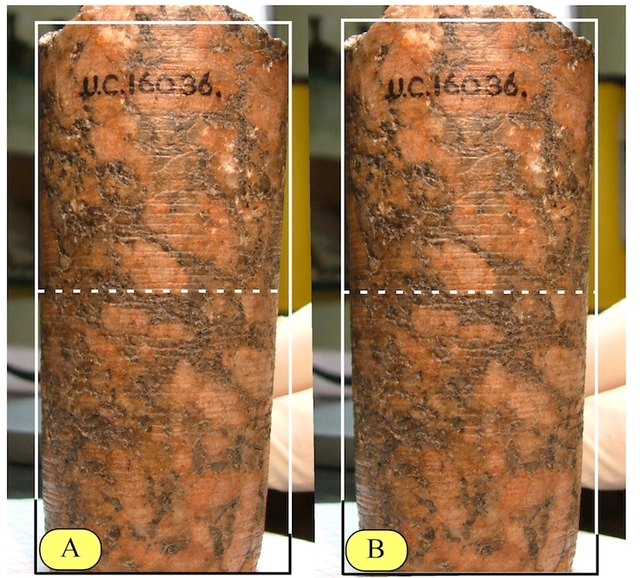
Experimental Replication of Ancient Techniques
To better understand how Core 7’s grooves may have been created, modern researchers have attempted to replicate the process using similar materials and tools. Christopher Dunn, for example, has conducted experiments using modern machining techniques to try to recreate the spiral grooves found on Core 7. While the results of these experiments are not definitive, they provide valuable insights into the potential methods that could have been used by the ancient Egyptians.
The experiments conducted by Dunn and others have shown that it is possible to create similar grooves using advanced tools, but the question remains: Did the ancient Egyptians have access to such tools, or were they using a different, now-lost technology? The answer to this question could have profound implications for our understanding of ancient Egyptian engineering.
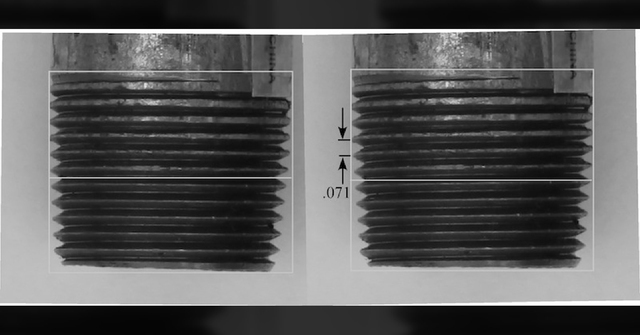
Critical Analysis and Implications for Ancient Egyptian Technology
Core 7 and the debates surrounding it challenge our conventional understanding of ancient Egyptian technology. If the grooves were indeed created using a sophisticated form of machining, it would suggest that the ancient Egyptians were far more advanced than we have given them credit for. This could have implications not only for Egyptology but also for our understanding of the broader history of technology.
The idea that ancient Egyptians may have used advanced tools like lathes, drills, and possibly even ultrasonic technology raises the possibility that other lost technologies from their civilization may still be waiting to be discovered. As we continue to uncover new artifacts and analyze old ones, it’s important to remain open to the possibility that the Egyptians possessed far more advanced knowledge than we previously thought.
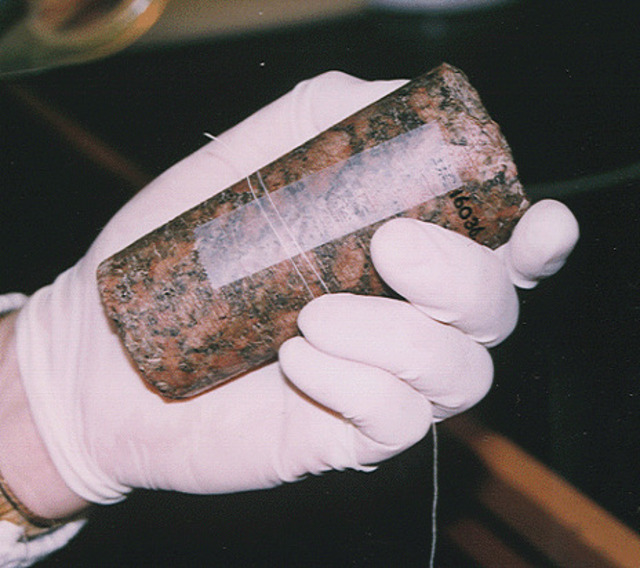
Video
Check out the video on power drills in ancient Egypt and how the Petrie Core Spiral was solved – it’s an amazing discovery!
Conclusion: The Legacy of Petrie and the Continued Mysteries
William F. Petrie’s work has left a lasting legacy in the field of Egyptology, and his discoveries continue to shape our understanding of ancient Egyptian technology. The mystery of Core 7 remains unresolved, but it serves as a testament to the ingenuity and craftsmanship of the ancient Egyptians. As researchers continue to explore the possibilities of lost technologies, we can only wonder what other secrets the ancient Egyptians may have left behind—waiting to be uncovered by future generations of archaeologists and engineers.
While the precise methods used to create the spiral grooves on Core 7 may never be fully understood, the ongoing debate highlights the complexity and sophistication of ancient Egyptian engineering. Whether the grooves were created using advanced tools or a different, now-forgotten technique, one thing is clear: the ancient Egyptians were far more skilled in machining than we have ever given them credit for. As we continue to unravel the mysteries of ancient Egypt, we may yet discover that their technological achievements were far ahead of their time.
